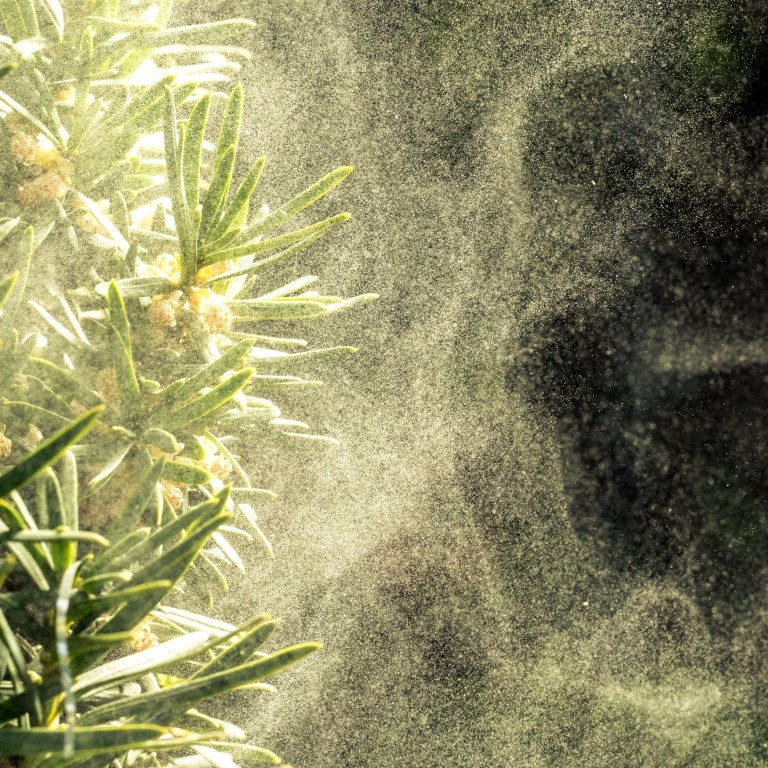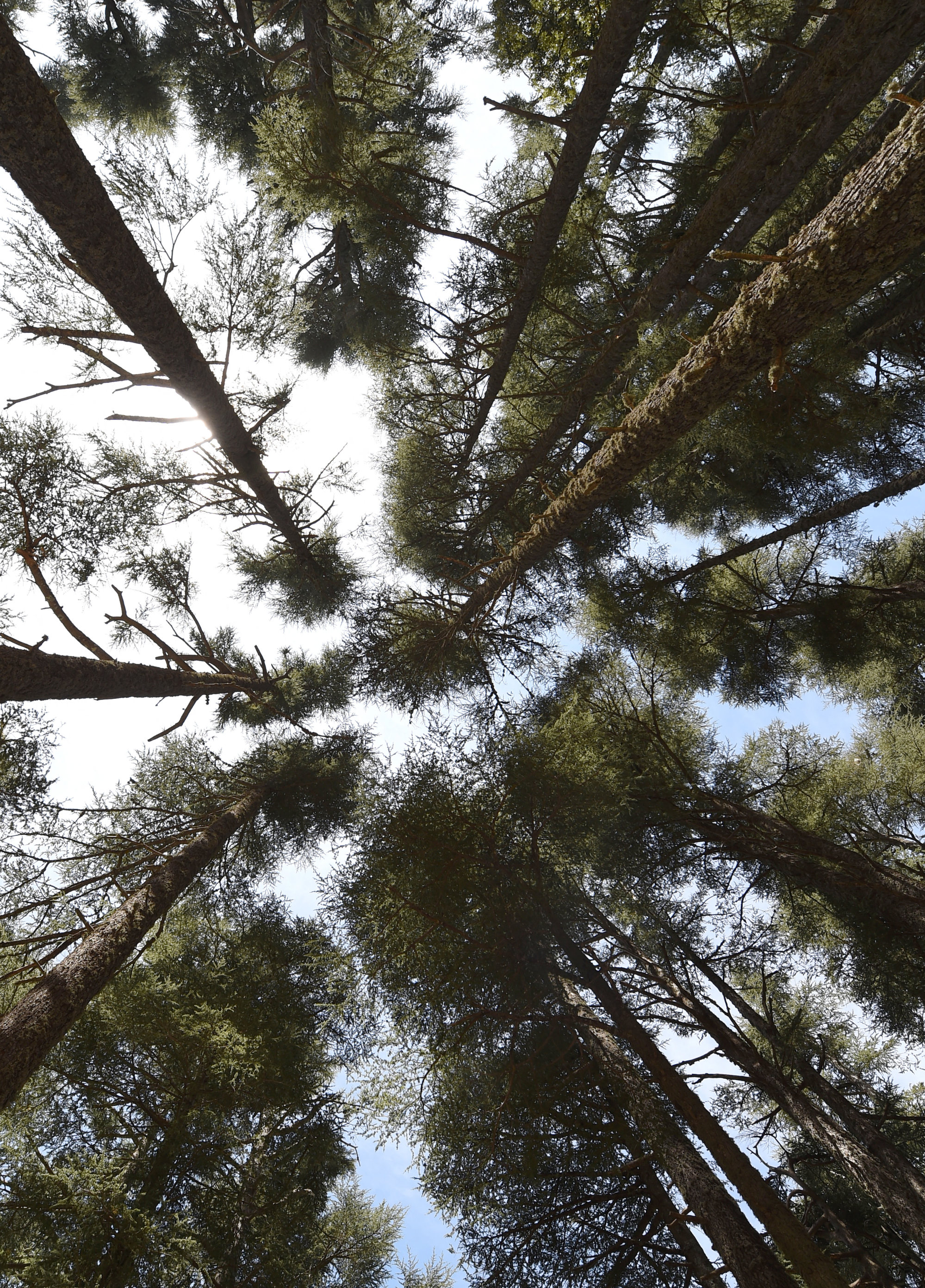
Japan plans to chop down tens of thousands of trees to tackle hay fever
- As well as cutting back on the number of cedar trees, the government said supercomputers and AI would be used to improve pollen forecasts
- Although there is no official data, a survey showed 42.5 per cent of people suffered from hay fever in Japan in 2019, up from 29.8 per cent in 2008
As hay fever is estimated to affect more than 40 per cent of the population, the government plans to reduce areas of planted cedar by around 20 per cent over the next decade by cutting 70,000 hectares (173,000 acres) of the trees per year, compared with the current level of 50,000 hectares.
To reduce the impact of pollen allergens that trigger symptoms such as a runny nose, sneezing and itchy eyes mainly during the spring season, more than 90 per cent of young cedar trees would be replaced in 10 years with species that release less pollen.

The measures are expected to be incorporated into the annual economic policy blueprint, scheduled for compilation in June.
In the area of medical treatment, Kishida’s government committed to taking steps to increase annual production of immunotherapy medicines for the alleviation of allergy symptoms to ensure there is sufficient supply for 1 million people, compared with 250,000 at present.
The government also pledged to encourage home builders to use more timber from domestic cedar trees and urged the business community to promote remote working to reduce pollen exposure.
Japan gets something to sneeze at as pollen levels set to hit 10-year-high
A large number of cedar trees were planted during the period of rapid economic growth after the end of World War II for reforestation.
Although there is a lack of official data, a survey conducted by a group of ear, nose and throat specialists showed 42.5 per cent of people suffered from hay fever in Japan in 2019, up from 29.8 per cent in 2008 and 19.6 per cent in 1998.

